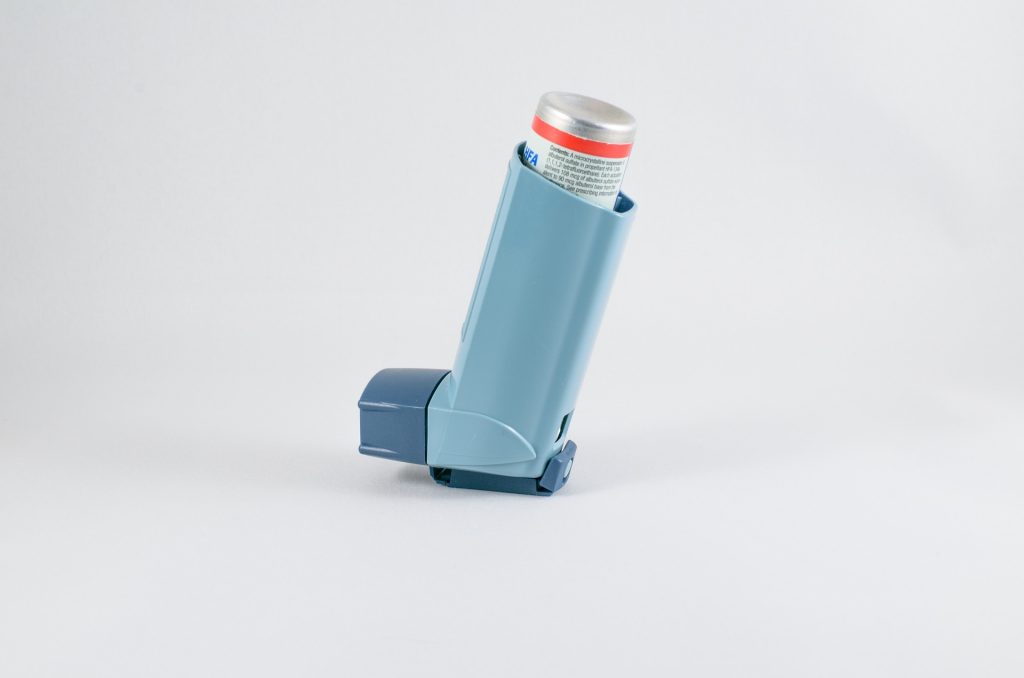Why COVID Cases Vary in Severity

Researchers working with ‘humanised mice’ have found why some mild cases of COVID tip over into more severe and life-threatening disease.
An estimated 80 to 90% of people infected with COVID experience only mild cases while 10 to 20% face more severe or life-threatening symptoms.
Yale University researchers working with mice they have engineered to possess human-like immune systems may have found why this is so. Their findings, published in Nature Biotechnology revealed that the causes of severe COVID may lie in our own antiviral inflammatory response to the virus.
The study also showed that two well-known therapies, monoclonal antibodies and the steroid dexamethasone, can help treat COVID infections. But in the case of the antibodies, treatment is only effective if administered early in the course of disease. In the case of steroids, it’s only effective if administered during later stages of the disease.
Standard laboratory animals and humans have different immune responses, which has made it difficult for scientists to pinpoint the tipping point between mild and severe cases of COVID, so mice engineered to have a human-like immune system, were able to offer an answer.
“If you infect a standard laboratory mouse with SARS-CoV-2 they will get infected, but not get seriously ill,” said Flavell, Sterling Professor of Immunobiology at Yale and senior author of the paper. “But our humanised mice get sick and just don’t get better. Their whole immune system is on fire.”
The research team introduced SARS-CoV-2 virus taken from seriously ill human patients into the nasal passages of their humanised mice and then followed the course of the disease.
They found that the infected mice exhibited the same symptoms as severely ill human patients, such as lung damage, weight loss, and a heightened, persistent inflammatory immune response that damages tissues. They then treated the mice with monoclonal antibodies which specifically target the virus, and were found to be effective if given before or very early after infection but did little to stifle symptoms if administered in later stages of infections.
Conversely, during the early stages of infection the immune suppressant dexamethasone was fatal to mice when it suppressed the initial immune response that was crucial to combat the virus. However, during later stages of disease, it helped clear infection by suppressing the inflammatory response that had begun damaging organs.
“Early in the course of disease, a strong immune response is crucial for survival,” said first author Esen Sefik. “Later in the disease, it can be fatal.”
The humanised mice models might also reveal strong clues to the causes and potential treatments of so-called long and severe COVID, the scientists said.
Source: Yale University





